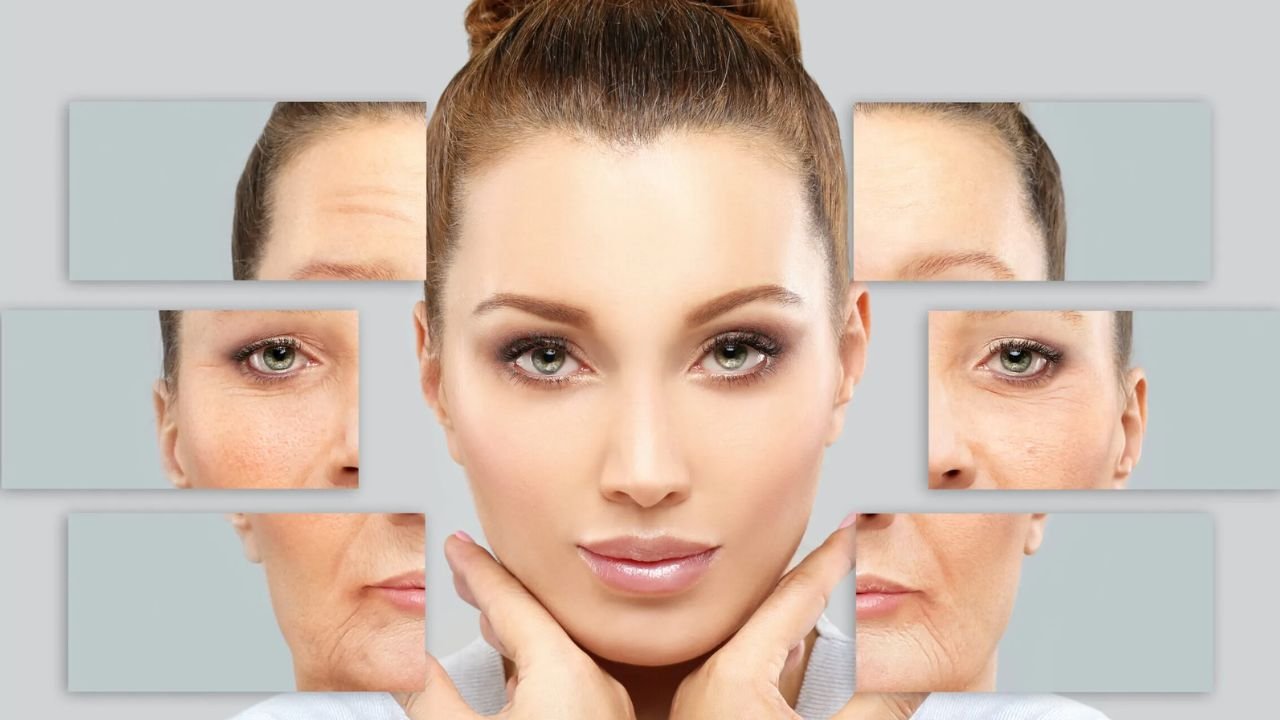Completing a treatment program for addiction or mental health is a powerful milestone. It marks the end of one chapter—but it is by no means the end of the story. In fact, what comes next is just as important, if not more so. The transition from a structured treatment environment back into everyday life can be filled with excitement, hope, and, at times, overwhelming uncertainty.
The truth is, recovery isn’t just about what happens during those weeks or months in treatment. It’s about what happens afterward—when the safety net of daily schedules, on-site counselors, and group therapy sessions is gone, and life resumes with all of its familiar triggers, stresses, and responsibilities.
To maintain progress and avoid relapse, individuals must build something incredibly powerful in this next phase: a sustainable routine. One that doesn’t just keep them afloat—but allows them to thrive.
What Makes a Routine Sustainable?
A sustainable routine isn’t about perfection. It’s about consistency, flexibility, and purpose. It helps regulate your energy, ground your emotions, and provide a sense of stability in an otherwise unpredictable world.
The most effective routines prioritize self-care in all its forms—physical, emotional, spiritual, and social. This includes regular sleep, healthy meals, movement, time for reflection, and, perhaps most importantly, meaningful connection with others.
But sustainable routines also account for setbacks. Life isn’t linear, and recovery won’t be either. What matters is that your routine helps you get back on track when things go sideways—not that you follow it perfectly every single day.
The Role of Aftercare and Transitional Support
Many people assume that once a treatment program ends, they’re expected to manage everything on their own. Fortunately, that’s no longer the case. Increasingly, recovery centers are offering extensive aftercare planning and resources to support individuals long after they’ve left the facility.
This kind of transitional care includes everything from outpatient therapy and peer support groups to job coaching, housing referrals, and alumni communities. These services bridge the gap between treatment and independence, offering ongoing encouragement, accountability, and a place to turn when challenges arise.
Facilities like Monterey Bay Recovery, Avalon Malibu, and Crossroads Centre have made aftercare a cornerstone of their programs, recognizing that long-term healing requires long-term support. Their team helps clients develop personalized post-treatment plans that reflect their goals, needs, and unique life circumstances. Whether someone is returning to school, rebuilding family relationships, or looking for stable employment, having a roadmap—and a support team—makes a world of difference.
Creating Routines Rooted in Purpose
One of the biggest questions people face after treatment is: “What now?” Recovery strips away many of the distractions and numbing behaviors that once filled time. What’s left is space—sometimes too much of it. Establishing a routine rooted in purpose can help fill that space in a healthy, empowering way.
This might mean volunteering, returning to hobbies, exploring new interests, or setting goals around work, education, or relationships. Purpose doesn’t have to be grand—it can be as simple as waking up each day with intention, knowing there’s something to look forward to or work toward.
When routines are connected to deeper values, they become easier to maintain. Instead of simply being a checklist of tasks, they evolve into a structure that reflects the life someone is trying to build.
Connection is Key
One of the greatest predictors of long-term recovery success is connection—to others, to purpose, and to community. After leaving treatment, it’s essential to find or maintain those connections. This might involve attending regular 12-step meetings, participating in recovery-focused social events, or staying in touch with counselors and peers from treatment.
Loneliness is a known risk factor for relapse. But even beyond that, connection is simply part of what makes life meaningful. It’s in the community that people find validation, perspective, and encouragement. When you’ve seen, heard, and understood, you’re much more likely to stay on the path of healing.
Many treatment centers now include family education and relationship counseling as part of their aftercare model, helping clients and their loved ones navigate this next phase together. Healthy relationships take work—but with tools and communication, they can become sources of support instead of stress.
Planning for the Hard Days
Even with the best routines, recovery will include tough days. There will be moments of doubt, emotional turbulence, or external stressors that test your commitment to sobriety and mental wellness. That’s why a sustainable routine should include a plan for what to do when things feel difficult.
This could involve having a trusted contact list ready, knowing which coping tools work best for you, or scheduling regular therapy sessions even when you feel stable. It’s about recognizing that recovery isn’t about being “cured”—it’s about staying connected to your tools and support, no matter what.
Having access to continued care, whether through local therapists or the alumni networks of programs like Monterey Bay Recovery, provides a safety net that can make the difference between a setback and a relapse.



